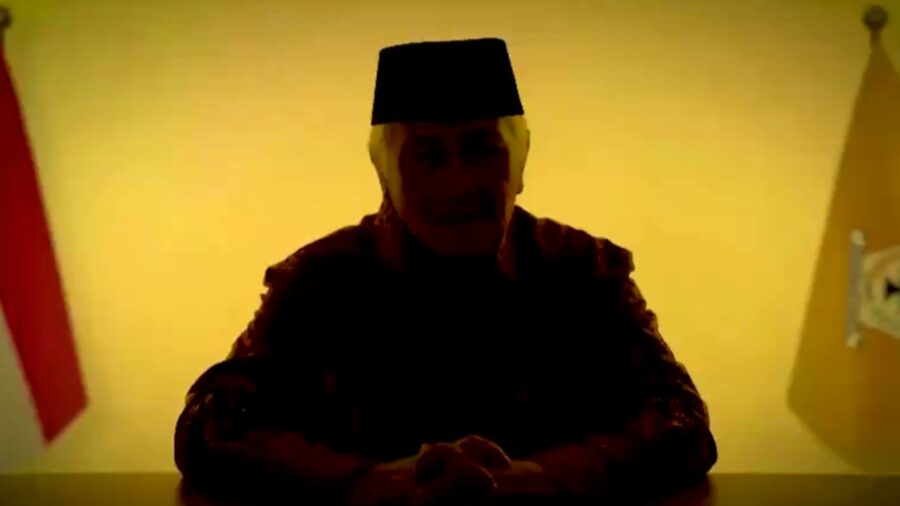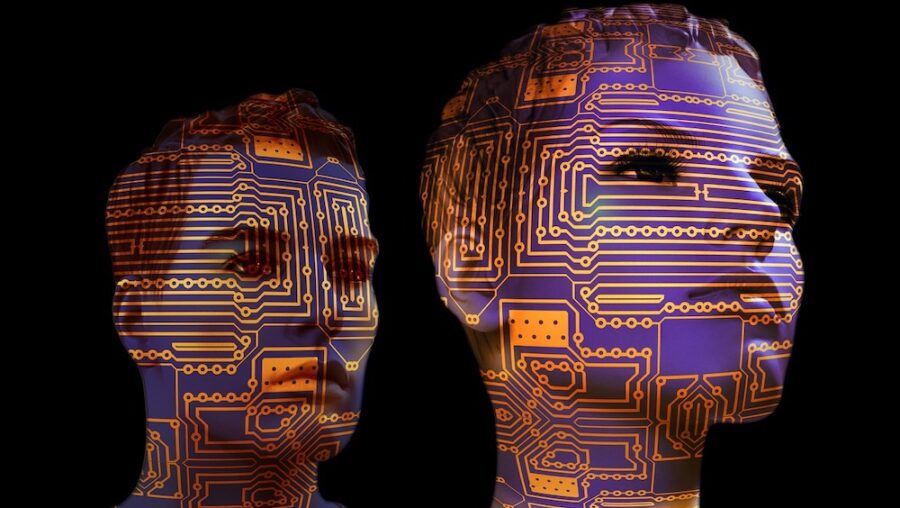AI Brings Dictator Back From The Dead To Sway Elections

Just when you think AI couldn’t get any creepier, one of Indonesia’s largest political parties digitally resurrects a brutal dictator to encourage support for a presidential candidate in an upcoming election. Golkar, the political party that held power under Indonesia’s highest executive officer for most of the last half of the 20th century, came into existence in 1964, four years before the long-dead dictator Suharto seized power and began a ruthless 34-year rule.
The video that has the world buzzing features an AI Suharto telling the 200 million voters across Indonesia who they should support at the polls. See the footage below.
Though a political power in Indonesia, the Golkar party is not fielding one of its members as a candidate for President. The party is instead throwing all of its support behind a former member of Suharto’s military, General Prabowo Subianto. The AI Suharto spawned an eerie presence for many Indonesians, some of whom still live in fear of the brutality that the real Suharto ruled over them from 1968 to 1998.
AI Suharto is only one of dozens of examples of how some Indonesian candidates and political parties are using AI to generate audio and videos to foster their reputations amongst voters and to try to sway elections.
The real dictator, not the AI Suharto, ruled Indonesia with an iron fist that would have made Machiavelli blush. After seizing power through a military coup from Indonesia’s first President, Sukarno, Suharto quickly began to weed out his predecessor’s supporters and made them disappear. Despite his brutality, Suharto’s economic policies were successful as the country moved into the 1970s, as median income dramatically rose and the middle class swelled.
For many Indonesians, the AI Suharto conjures up much more than the dead dictator’s early economic victories. They remember the strong and intimidating military presence in their small villages, the rigged elections, and the eventual economic collapse in Indonesia in 1997. And some remember Suharto’s invasion of neighboring countries and the genocides perpetuated by the leader.

When the AI Suharto was viewed millions of times on X, Facebook, and other social media platforms, the ghostly image didn’t mention Suharto’s invasion of East Timor in 1975, or the more than 200,000 people his forces slaughtered there. Nor did the video mention the nearly one million Communists and leftists that Suharto purged Indonesia of when he rose to power.
The real dictator, not the AI Suharto, ruled Indonesia with an iron fist that would have made Machiavelli blush.
As chilling as it might be to see a dead dictator encouraging political support for a candidate, the AI Suharto is only one of dozens of examples of how some Indonesian candidates and political parties are using AI to generate audio and videos to foster their reputations amongst voters and to try to sway elections. In one campaign ad, AI children were generated to make a candidate more appealing, successfully being able to step around an Indonesian law that forbids children being used in political ads.
Former Central Java Gov. Ganjar Pranowo also recently released an ad that used AI-generated people. The ad, created by his political party, Democratic Party of Struggle, was reported to be using AI in the form of a chatbot to communicate with voters. And if the mixed response to AI Suharto and the other AI ads are any indication of the future, it seems certain that more deepfakes in Indonesian political ads are on the way.










